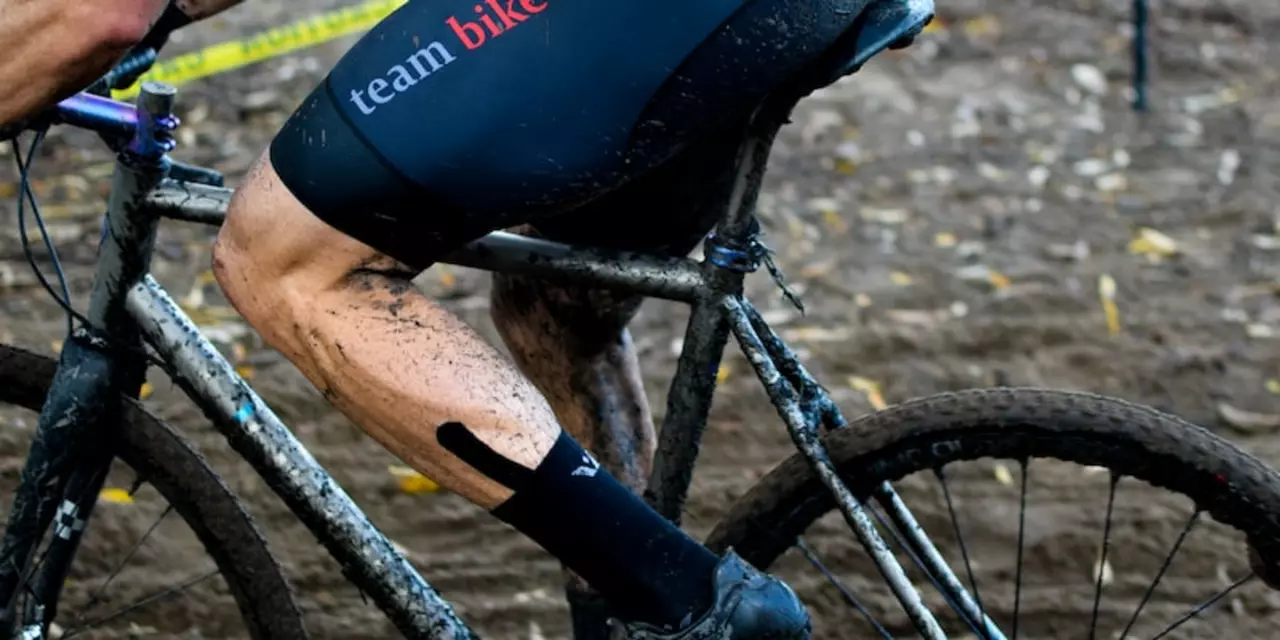Risk in Horseback Riding – Simple Steps to Ride Safer
Riding a horse is thrilling, but it comes with real risks. Whether you’re a beginner or a seasoned rider, understanding those risks helps you avoid nasty falls and keeps your horse happy. Below are the most common danger points and easy ways to cut them out.
Identify the biggest hazards before you mount
First thing you should do is a quick check of your gear. Are the stirrups tight? Is your helmet snug? A loose strap or a cracked boot can turn a smooth ride into a crash in seconds. Look at the horse’s tack, too – a worn girth or a broken bit can cause sudden discomfort that makes the horse bolt.
Next, scan the environment. Uneven ground, hidden holes, or slick mud increase the chance of a slip. If you’re riding on a trail, notice any low branches or loose rocks that could startle the horse. Knowing the terrain lets you choose a safer line and adjust your speed.
Control the horse’s behavior to lower risk
Much of riding risk comes from the horse’s reaction. A horse that bucks, rears, or panics can throw you off instantly. Work on basic training: consistent reins, clear voice commands, and regular ground work keep the horse calm under pressure.
If you’re in a rodeo or a sprint, remember that bucking often stems from discomfort. A too‑tight flank strap or a sudden loud noise can trigger a buck. Adjust the strap so it’s snug but not painful, and try to keep the arena quiet and predictable.
When you’re back after a long break, expect a little wobble. Your balance may be off, and the horse might sense your nervousness. Start with short, easy sessions on level ground. Gradually increase difficulty as your confidence returns.
Don’t forget the mental side. Riding while feeling “pissed off” or distracted can raise risk. Take a few deep breaths, focus on the horse’s breathing, and keep your mind on the present moment. A calm rider equals a calmer horse.
Equipment choice also plays a role in risk. Cheap riding clothes might look good, but they often lack proper reinforcement in high‑stress areas. Brands like TuffRider and Ovation give you decent protection without breaking the bank. A good pair of boots with ankle support is non‑negotiable.
If you’re thinking about riding to school, check local rules first. Some schools ban horses on the premises, and city streets can be unsafe for large animals. When it’s allowed, plan a safe route, use a sturdy lead rope, and wear bright colors for visibility.
Finally, always wear a certified helmet. The saddest accidents involve head injuries that could have been prevented. A helmet absorbs impact and can be the difference between a minor bruise and a serious trauma.
By spotting hazards, tightening gear, training the horse, and staying mentally sharp, you dramatically lower the risk of injury. Riding should feel like freedom, not fear. Keep these tips in mind, and enjoy every ride knowing you’ve done everything you can to stay safe.
In horseback riding are you safer wearing a helmet or not?
This article discusses the safety benefits of wearing a helmet while horseback riding. It explains that helmets are designed to absorb the impact of a fall, which can help reduce the risk of serious injury or death. It also notes that helmets may not protect against all types of injuries, such as those caused by a horse's hooves. The article concludes that although helmets are not mandatory in all countries, experts recommend wearing one when horseback riding for added safety. In conclusion, wearing a helmet while horseback riding is highly recommended for added safety.
READ MORE